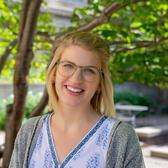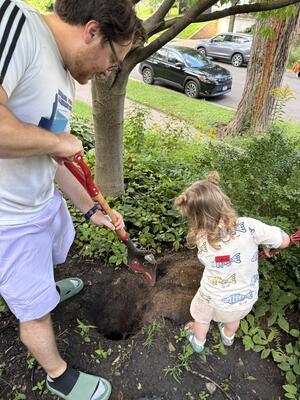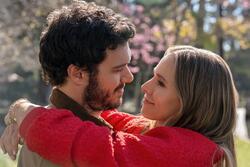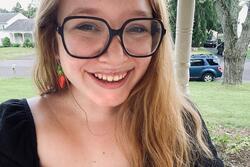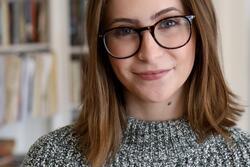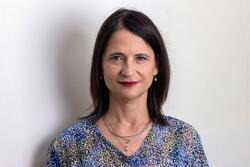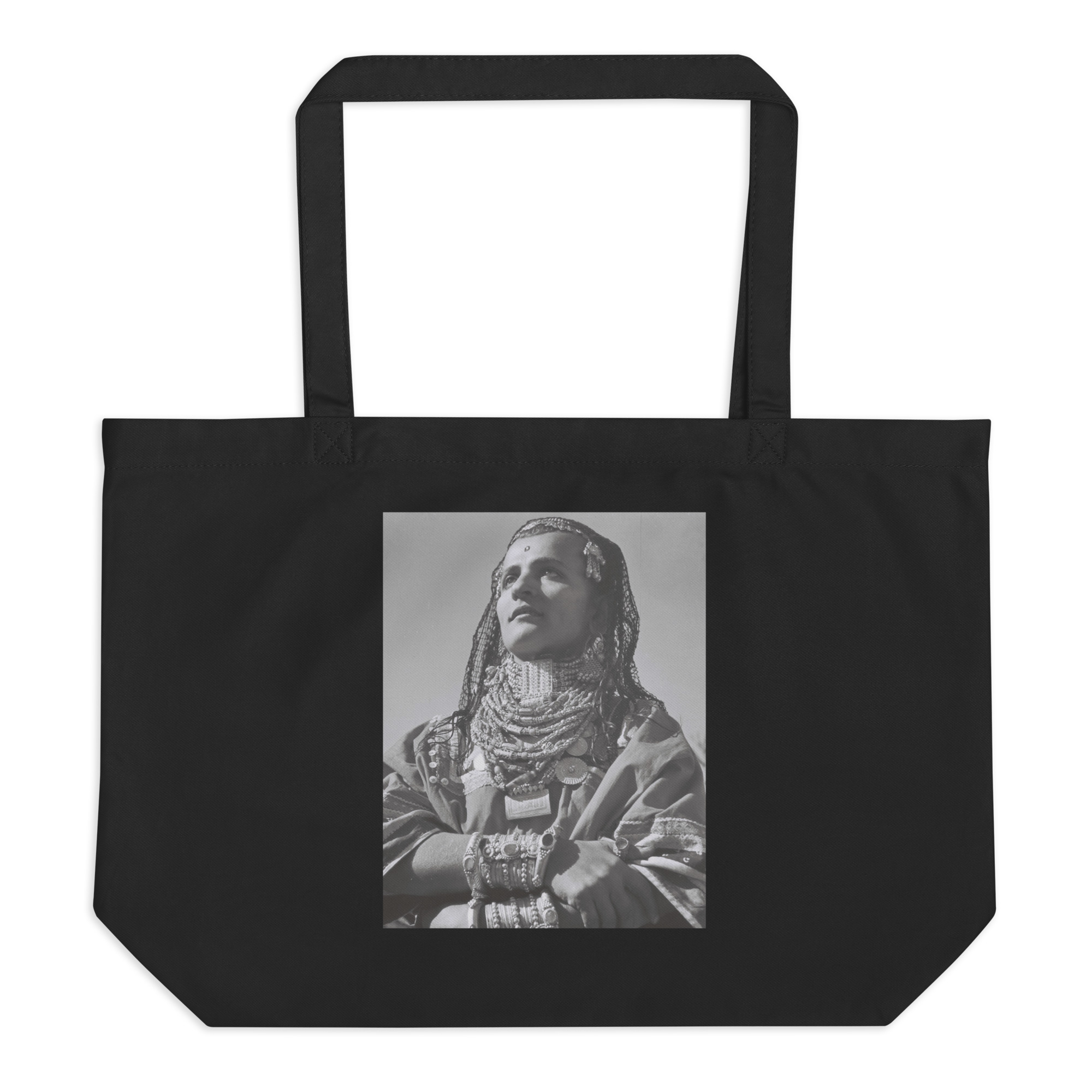How Ritual Placenta Burial Helped Me Seed New Connections
Jewish ritual has supported me through many transformative moments in life. After struggling with postpartum depression in 2023, I researched Jewish wisdom and practices around the postpartum experience. I discovered a trove of traditions around welcoming a new baby, recipes to heal the body after birth, and beautiful prayers requesting health, strength, and protection for the parent and newborn.
But a ritual that especially piqued my interest was placenta burial.
I sorted through my research, learning that through the start of the twentieth century, when birth occurred mostly at home and with community midwives who weaved rituals into their practice, Jewish placenta burial was common.
Our ancestors believed that the placenta, or afterbirth, was an extension of the baby. The Talmud instructs us to “insulate the placenta as a healing remedy so as to warm the newborn.” If the afterbirth is kept safe and warm, so too is the baby.
People feared that if a stranger took the placenta, this person would gain control over the baby. Shabbat 127a responds to this suspicion, saying that the afterbirth should be hidden in straw, oil, wool, or rags, depending on the family’s wealth.
The reverence for this organ as magical and inextricably entwined with the newborn’s livelihood really resonated with me. I am still amazed that my body created a brand new organ specifically to house, nourish, protect, and care for my growing baby. How awesome, how magical!
The Jerusalem Talmud goes on to teach that all people, rich or poor, “hide [the placenta] in the earth, to give a pledge to Earth.” The rabbis interpreted this “pledge” as a way to ensure the earth will have space for a grave at the end of the newborn’s life. In this way, the ritual weaves together the full circle of life and death.
Raphael Patai, a Jewish folklore scholar, teaches that burying the placenta served as a promise to the earth that the newborn’s body would, one day, be returned, too. The hope was that this promise would keep away the evil eye and delay death as long as possible.
Some traditions regard the placenta as the baby’s first ancestor who fed them in the womb, and therefore, they conduct a burial for the placenta with the reverence of a funeral.
While exploring this ritual, I felt grounded by the idea that the circle of life doesn’t end with us. In the soil, dead matter composts to nourish new life. Jewish funeral burial customs use a simple wooden casket, which easily disintegrates into the earth and returns the body to the dust from which it came.
It is a Jewish tradition to bury the placenta beneath the entryway to the home as a means to deter the evil eye from entering. It was believed that if the mother stepped over the buried afterbirth several times, the holiness of the placenta would re-enter her body and be born again as her next child. I loved imagining that I could activate some “placenta magic” simply by coming and going, crossing the threshold to and from my home.
Initially, I felt that burying the placenta was a poignant way to illustrate an ending to the physical connection with my baby. Then I learned that, until around 1900, Jews of Palestine buried the placenta of a baby girl near the hearth, in hopes that the daughter would remain housebound as an adult. Contemporary families have interpreted this custom as a wish for their children to remain emotionally close to their parents into adulthood. With this knowledge, the ritual felt more like a gateway, connecting me with my children through new manifestations of closeness as they grow.
After giving birth to my second child this summer, the midwives gave my husband and me a “tour” of the placenta, showing us the delicate intricacies of the organ. We reveled at the web of blood vessels that looked like roots and branches, often referred to as the Tree of Life. Between our fingers, we felt the surprisingly thin membrane that had served as our daughter’s home for nine months.
We took the placenta home in a sealed container and put it in our freezer. I thought about how the Talmud says that only “princesses” could afford to preserve their placentas in oil, rather than straw or rags, and I felt very royal to have access to refrigeration.
Forty days after giving birth, at the close of the “fourth trimester,” I felt it was time to bury my daughter’s placenta.
That evening, we gathered on our front porch as a family of four. I wondered how far back in my family line someone buried their placenta—my great-grandmother in the shtetl in Romania? Her mother? Beyond?
We grabbed our shovels and took turns digging the soil near our front steps, under a small tree. The soil was soft and damp from the rain that morning. I felt my ancestors digging with us.
When the hole was deep enough, I poured the organ down into the soil and thanked it once more for its gift of life. I stared down at the placenta in its hole. The image will stay with me forever. I know my ancestors saw this same view. It looked like a grave and a seed at the same time. Both an ending and a beginning.
Finally, we buried it. The work wasn’t especially hard, but it was physical. I imagined Jewish mothers and midwives in Palestine, Egypt, Russia, and Spain moving their bodies this same way hundreds of years ago.
I wonder who in the next generations of my family line will bury their placentas—my children and grandchildren? Their children? Beyond?
Now, I share my story with you, keeping this ancient ritual alive in our collective library of meaning-making. Together with our ancestors, our children, and the generations to come, we are burying and seeding, coming and going, ending and beginning. And that is the holiest thing of all.
